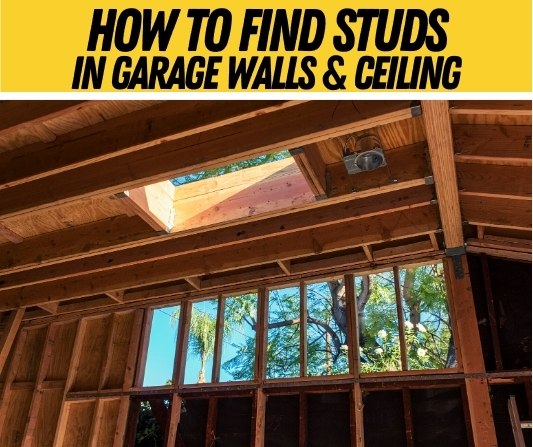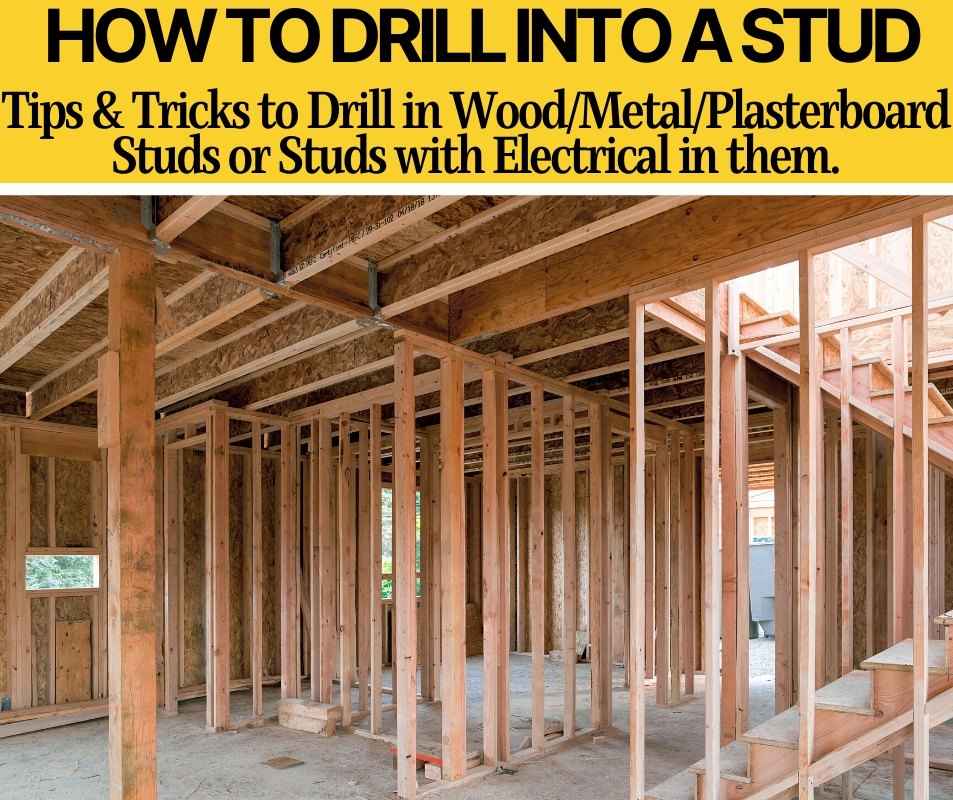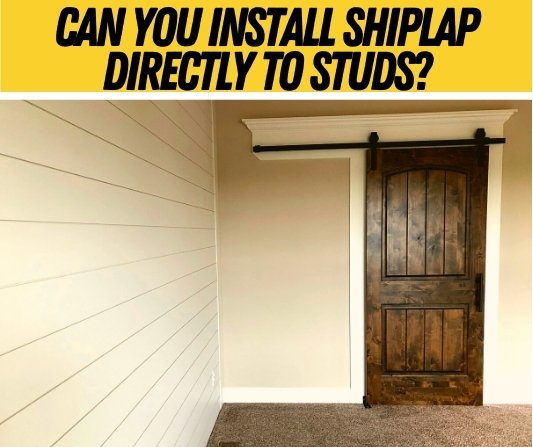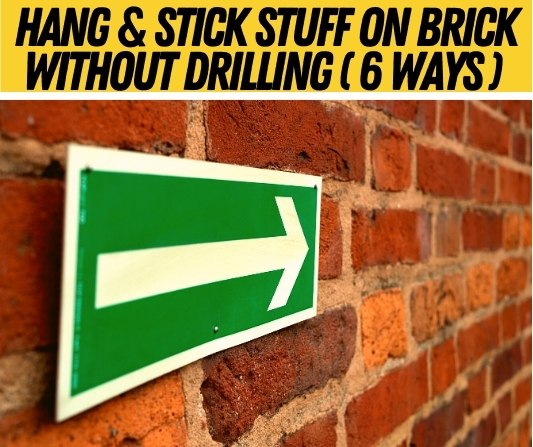 When mounting a heavy item to a garage wall, it is important to locate the studs behind the drywall, in order for it to hang properly.
When mounting a heavy item to a garage wall, it is important to locate the studs behind the drywall, in order for it to hang properly.
But sometimes, finding the studs isn’t easy, and a stud finder often can’t locate the beams behind the layers.
How can you find studs in a garage wall?
How deep are they?
How To Finds Studs in Garage Walls if you can’t find them.
Garage walls that are against the house have to follow fire regulations, meaning they are thicker than the outer walls. This can lead to problems when finding studs. If a stud finder is not working, your best option is to locate a wall socket. Either to the left or the right of a socket you should be able to find a stud. They’re vertically placed, and 16 inches apart, so once you have found one, you should be able to find the rest.
However, if you cannot find a wall socket, or there isn’t one present on the wall you’re trying to find studs on, then there are other methods you can use apart from Using a Stud Finder which is the most reliable method. Sometimes, it may not be your method that is causing you problems, but rather how far you are drilling into the wall, to locate the studs, or that the space between studs is irregular.

Studs in garage Walls
Garages are one of the most difficult rooms to find studs in because each house’s garage has very different layers within their walls. Garages are converted, are used for different purposes from owner to owner, and are sometimes used to house pets, and therefore have more insulation. For all these reasons, the insulation and types of material between the drywall and studs will be different for every household, meaning it will be more difficult to find the studs in a uniform way.
Are there studs in garage walls?
Yes, there are studs in the garage wall, they may be more difficult to locate compared to studs in the house walls, but the studs are there to support the wall. If you are unsure, you can look into the building’s properties, via the blueprints, the building regulation documents, or even getting into contact with the previous owner, to find out conclusively the details of a garage wall. Because the function of a garage is often changed from owner to owner, the original documentation can be out of date. For example, if the previous owner installed soundproofing material because they kept a drum kit in their garage, it may make it more difficult for you to find studs in the walls.
How to find Studs In Garage walls
The easiest method to find studs in the walls is with a stud finder. This is a small electronic device that can measure the density of the wall, and therefore find the studs. However, some materials can affect how well a stud finder works, which may mean you need to resort to other methods. A strong magnet can be a cheap, easy method. It can be used to detect the nails in the wooden framing, and therefore draw you to where the studs may be. It is advised to keep it on a piece of string, and that way you can feel the pull of the magnet better than if it is in your hand.
How far apart are studs Spaced in a garage wall?
Typically, studs are 16 inches apart. This is the uniform measurement between them. For this reason, you should be able to measure from the corner of the wall, and find a stud 16 inches along, however, this isn’t always the case. Sometimes studs can be 24 inches apart, or 14 inches, as drywall installers can do it differently on occasion. The reasons for this could be due to the size of the wall, the building codes, or the length of time they had to complete the job.
If you Can’t find studs in garage Wall – What to do?
If the two aforementioned processes do not work, then there are some more conclusive methods you can use. If you think about it simply, you’re trying to find something that you cannot see, so you need to get a better idea of what is preventing you from locating the studs.
Drilling small holes and inserting nails into them can help you feel for the wooden framing. Make sure you use a nail longer than the hole, so you can push it through and feel for what is on the other side, If this fails to yield any results, you can enhance this method by using a wire hanger. Through the hole, push a wire hanger that has been bent at a 90° angle, so you can feel the surrounding areas for a stud. This will be made more difficult if there is insulation in there, but it can help guarantee a stud placement. It will also mean that you don’t have to drill so many holes in your wall.
Failing that, you can insert a mirror, to be able to see inside. You will need to make a bigger hole in the wall for this method, which is why it is best to use the other methods first. Mirrors can also be helpful to identify what materials are in the wall, that are making the locating of studs so difficult.
Also read: How to Drill Into A Stud
How Deep are Wall Studs behind Garage Wall
Studs should be just behind the drywall, so you shouldn’t need to go in any deeper than 1 and a half inches to find the studs, any deeper and you risk damaging anything behind. If you have drilled this far, and cannot find anything, then it more than likely means you’re not in the right place, and should be looking elsewhere along the wall. If you keep drilling holes every 3-4 inches on a horizontal axis, you should find studs sooner or later. Small holes are easy to plug, so don’t worry too much if you’ve made more holes than you anticipated you would.
Studs in garage ceiling
You may also need to find studs in the ceiling, for the use of hanging something, or installing storage. The methods are very similar to finding the studs in the wall, but it can be more difficult to find studs in the ceiling. Firstly, you may not be sure in which direction they are running, or how far apart they are. Ceiling studs are often further apart than wall studs, if they do not need to support human weight. Also, there may be more layers between the ceiling and the studs if it has been redone multiple times.
Are there studs in garage Ceilings?
Yes, there are studs in the garage ceiling, but there may be less than you are expecting. Ceilings, in general, are expected to have less use than walls, and so they may have less studs, because they do not need to support as much. If the ceiling has no room above it, then it only needs to be used for structural support, and so the studs will be further apart. This means they could be as much as 24 inches apart. If you have a sloped ceiling, the studs should be running parallel to the slope.
How to find ceiling studs in garage
A reliable method is to simply knock on different sections of the ceiling, a hollow sound when knocking indicates that no stud is present, but a dense sound could mean a stud is behind the ceiling. This doesn’t always work, particularly if there are other materials present above the ceiling, but it can certainly give you an idea of stud location. Otherwise, the use of a stud finder, or any of the other previous methods mentioned, can help you locate studs in the ceiling.
How far apart are studs Spaced in a garage ceilings?
As mentioned, garage ceiling studs can be more spaced out than garage wall studs, because they often don’t have to take the weight of people, and don’t have as many requirements as a wall, they’re just there for structural support. This is why they can be 24 inches apart, but often they are still 16 inches. If you begin by measuring 16 inches from one side of the ceiling, and you find nothing, then measure 24 inches, and there should be a stud around that area. Remember, it may not exactly be on the 16 or 24 inch mark, so using a coat hanger can be a good practice to feel around the area.
If you Can’t find studs in garage ceiling – What to do?
If you’re having difficulty finding studs in the garage ceiling, you can do all the same methods for finding studs in the garage wall. This includes using a strong magnet to locate the nails in the studs, pushing a wire hanger through the hole and feeling around the area, and placing a mirror through a hole to have a look. The added issue with the ceiling is how awkward it is to get to, and that gravity is not on your side. This is why it is advised, when drilling holes, to wear eye protection, and to make sure you are always on a ladder securely in the ground, and that you do not lean too far over on it.
Any large fixtures in the ceiling, such as a ceiling fan, will more than likely be attached to a stud, so these should be where you start looking. If you are really struggling, and you’ve asked previous owners/consulted the building regulation documents, then you’ll need to make a sizeable hole for you to look through. This will involve taking some of the insulation out, and looking around for nearby studs. Once you’ve found one, you should be able to measure from that to the next one, around 16 or 24 inches apart.






